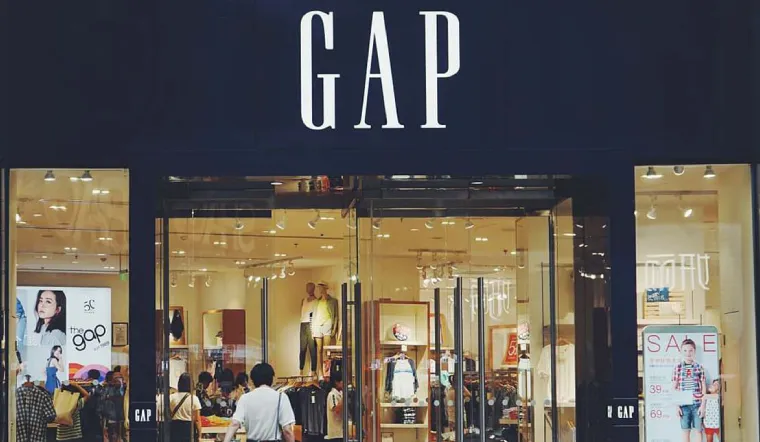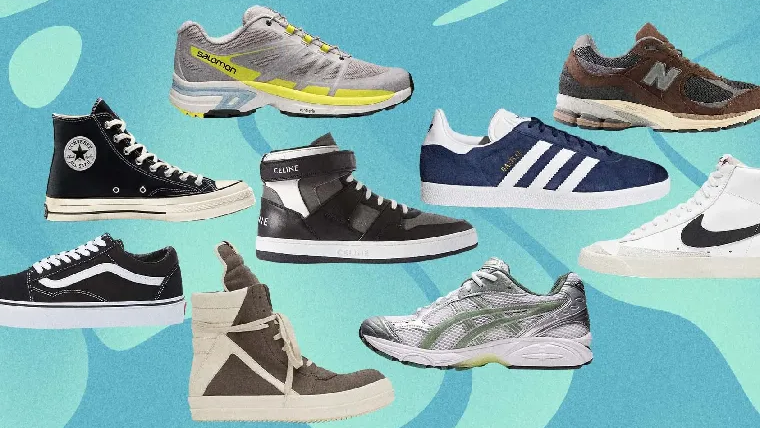Hole Inc., a universally perceived style retailer, has been a staple in the clothing business since its origin in 1969. Throughout the long term, Gap has developed from a little San Francisco store into a main worldwide brand. This blog digs into Gap’s set of experiences, its image personality, remarkable advertising efforts, and its impact on the design world.
The History of GAP: From Humble Beginnings to Global Presence
Hole was established by Doris and Wear Fisher in San Francisco, California, with a dream to make a store that offered a large number of pants and music. The name “Gap” alluded to the age hole of the time, representing the store’s enticement for a more youthful, more chic segment. The principal store’s prosperity prompted fast development, and by the mid-1970s, Gap had opened many stores across the US.
GAP’s Brand Identity: Casual Style and Accessibility
Gap’s image character has consistently fixated on giving relaxed, agreeable, and beautiful apparel at reasonable costs. The brand is known for its exemplary American style, including clean lines, nonpartisan tones, and adaptable pieces that can be effortlessly blended and coordinated. This ageless methodology has permitted Gap to keep up with its allure across various ages and styles.
Iconic Marketing Campaigns: Defining Moments in Fashion Advertising
Hole has created probably the most noteworthy promoting efforts in design history. During the 1990s, the “Who Sported Khakis” crusade praised the flexibility of khaki jeans, highlighting high-contrast photographs of superstars and ordinary individuals. One more remarkable mission was the “People of Style” series, which featured different characters, each wearing Gap clothing exceptionally. GAP’s image as a brand for everyone bolstered by these advertisements, which stressed individuality and inclusivity.
The Influence of GAP on the Fashion Industry
Gap plays had a critical impact in molding the style business, especially in promoting relaxed wear. The brand’s attention to quality fundamentals has impacted innumerable different retailers and creators. Also, Gap’s joint efforts with planners like Stella McCartney and brands like GQ have carried high-style sensibilities to standard crowds, further obscuring the lines between extravagance and regular design.
Challenges and Adaptations: Navigating the Modern Retail Landscape
Lately, Gap has confronted difficulties because of the ascent of quick design and web-based business. To stay serious, the brand has needed to adjust by improving its internet-based presence and embracing supportability drives. Gap’s obligation to maintainable practices incorporates utilizing more eco-accommodating materials, decreasing water utilization, and further developing work conditions in its store network.
GAP’s Role in Corporate Social Responsibility
Hole has been proactive in its corporate social obligation endeavors, zeroing in on drives that advance social and ecological maintainability. The brand’s “Hole for Good” program expects to make a more maintainable style future by decreasing the natural effect of its items and supporting fair work rehearses. Hole likewise cooperates with different associations to help local area advancement and instructive projects all over the planet.
The Future of GAP: Innovation and Relevance
Looking forward, Gap proceeds to develop and look for ways of remaining pertinent in a quickly changing retail climate. The brand is investigating new advancements, for example, expanded reality shopping encounters and customized web-based shopping devices, to improve client commitment. In addition, GAP’s ongoing dedication to diversity and inclusion in its workforce and marketing ensures that it will continue to be a popular brand.
Conclusion
Gap’s excursion from a solitary San Francisco store to a worldwide style force to be reckoned with demonstration of its getting through allure and versatility. By remaining consistent with its guiding principle of relaxed style and openness while embracing change and development, Hole keeps on being a critical player in the design business. GAP is still a brand that defines and adapts to the times through iconic campaigns, sustainability commitment, and forward-thinking strategies.




